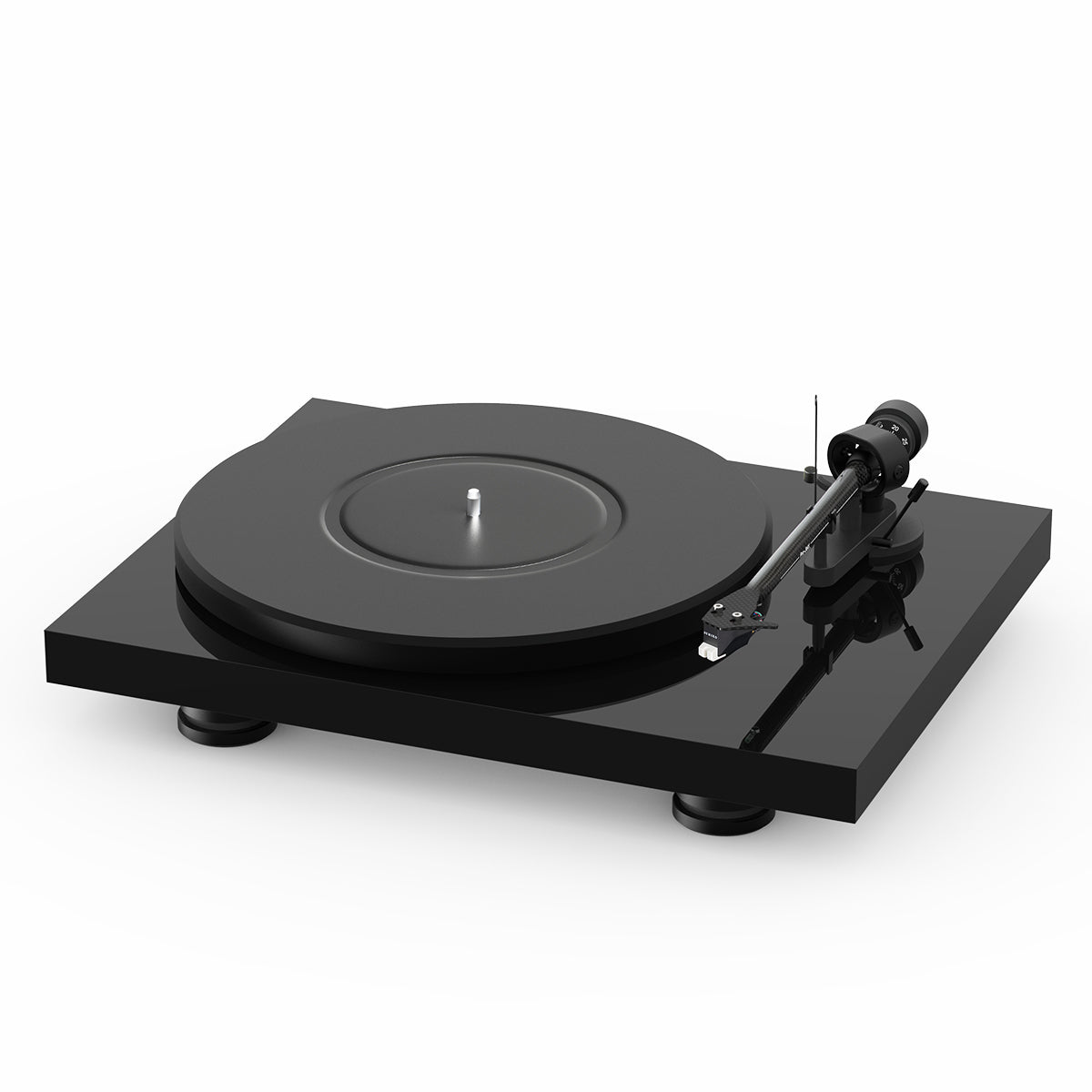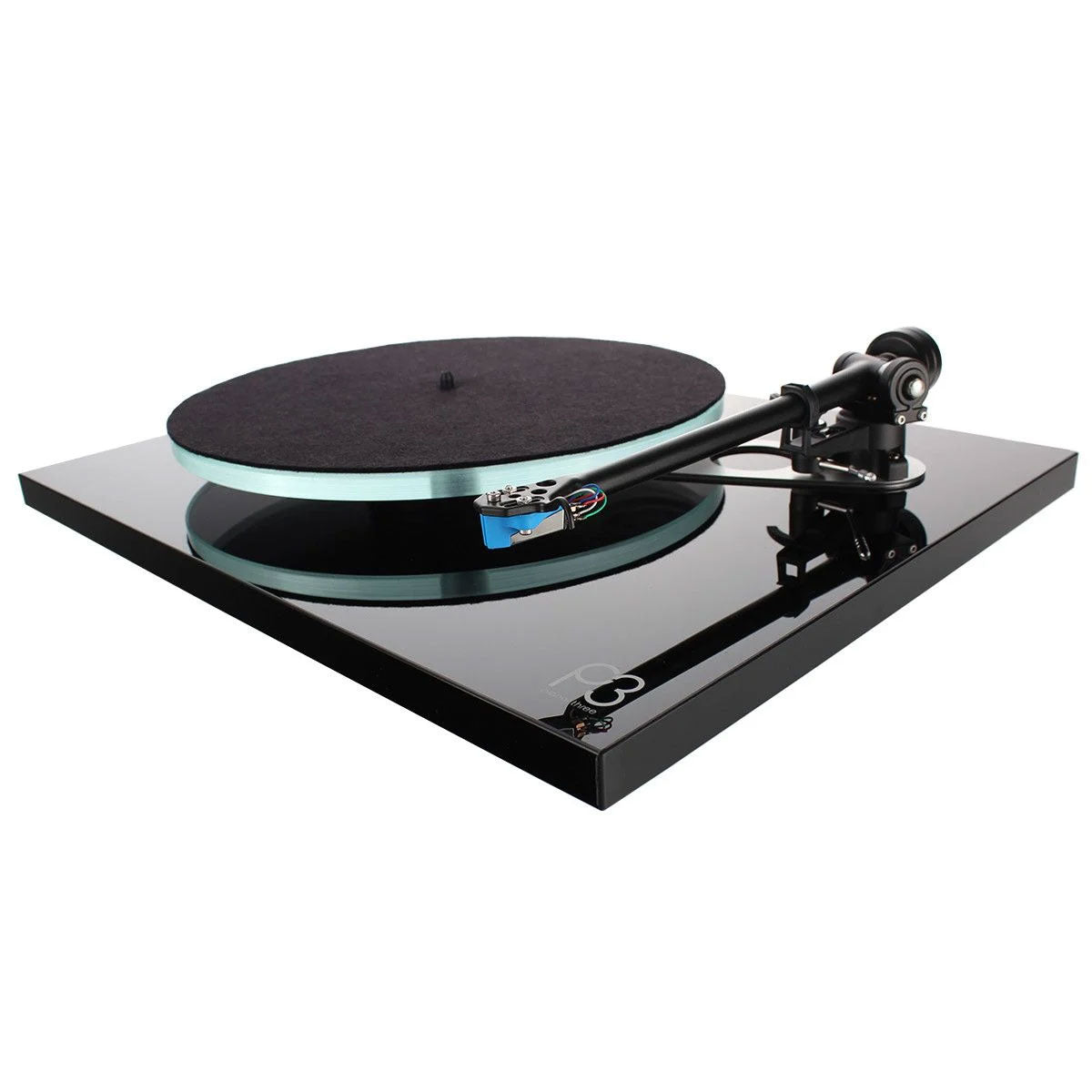If you are shopping around for a new turntable and have done a little research, you may be wondering about the differences between manual turntables and automatic turntables. Before you make a purchase, it’s important to understand how each of these systems work, including the benefits and drawbacks.
While many manufacturers assume that people know these variations already, the fact is a whole new generation of people are falling in love with vinyl.
Many are looking to purchase their first turntable. As experts with nearly four decades of experience with vinyl playback, the team here at Audio Advice has taken it upon ourselves to help educate and mentor this next generation of music lovers.
The first thing to know is that there are actually many different ways to classify turntables. When you talk about automatic vs. manual, what we’re really looking at is the way you get the “needle” (which is really called the stylus) on and off of the record.
Let's break down each of these three types of turntables and the pros and cons of each.
Automatic Turntables
A fully automatic turntable will lift the tonearm out of the resting position and gently lower it onto the record at the right spot. After it is finished playing, it will lift it back up and shut the turntable off.
Pros
If you are new to vinyl and are just beginning to build up your collection, you probably want to do everything in your power to avoid damaging your records. Accidently dropping the tonearm onto the record can damage the vinyl, or damage your stylus.
If you don’t want to take that chance, a fully automatic table will remove the worry. You just push a button or move a lever to get things started and the turntable will do the rest. You never have to worry about missing the edge of the record when you lower the tonearm or falling asleep and having your stylus stuck in the outer groove for several hours.
Cons
Fully automatic turntables are typically more expensive due to all of the extra components required to make those mechanisms move automatically.
Another downside is that all of those moving parts under the turntable can reduce the sound quality. Having all those extra attachments can prevent a tonearm from tracking perfectly.
So while these tables usually cost more, you’re paying for convenience, not improved sound quality.
































